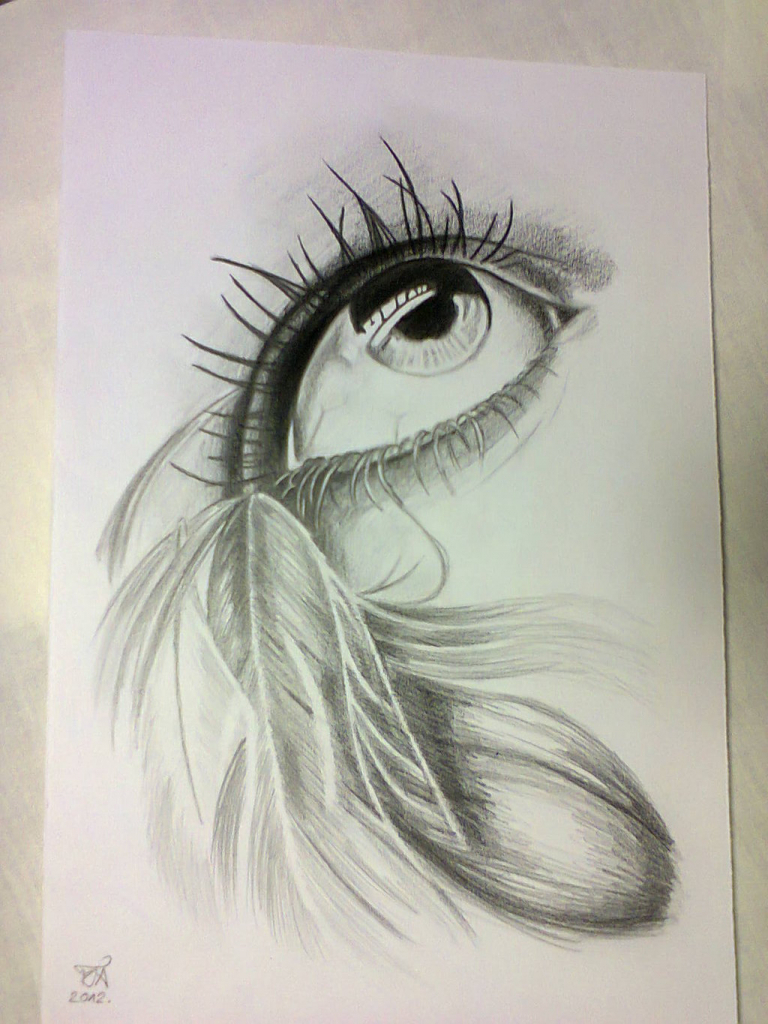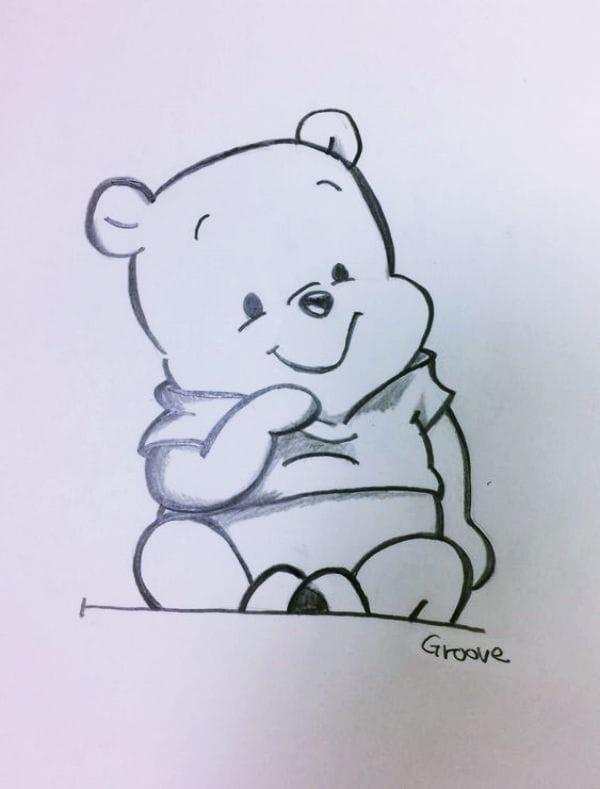

Focus on small achievements and perhaps even share them.Īs much as I would love for you to join my drawing prompts, pick a list that inspires you – specific themes and topics that light you up! Reimagine the mundane by drawing it and making it a part of things you notice. Try drawing things that interest you it doesn't have to be fascinating. This is probably because of the pressure we put on ourselves to have meaningful and beautiful art. One of the biggest challenges for beginners is finding ideas to draw. Young Hare, Albrecht_Dürer (1502), Watercolour and bodycolour (Albertina, Vienna).
#BEGINNER DRAWINGS IDEAS FREE#
One of my favourite free online resources for art books is the Internet archive, with thousands of books to browse and borrow. If you want to challenge yourself, you could also try an artist study by copying their work to get into their mindset and absorb some of their brainiacs. Observing how they sketch can help you get ideas on what to draw and find areas that you would like to improve.


Similarly, you will discover what works for how you like to run your life.įind books, photos and videos of other artists sketching. I don't work with watercolour in my sketchbooks because I like the ability just to shut my book and go running into my next activity rather than waiting for the paint to dry. You can even experiment with different coloured paper. Get curious about the many marks different materials create and add them to your arsenal. Collect your materialsĭon't just stick to a graphite pencil. 1902–1904, Henry and Rose Pearlman Collection, Princeton University Art Museum. If you keep your sketchbooks, you will see a growth in your artistic progress and the ideas that you come up with.
#BEGINNER DRAWINGS IDEAS PORTABLE#
You can pull it out anytime you find yourself with nothing to do.Ī portable sketchbook can help you capture spontaneous thoughts, ideas, and 'empty' moments and turn them into little observations. Find a small sketchpad that can fit into your bag or pocket and carry it with you wherever you go. Instead of scrolling through Instagram, find an interesting spot you'd like to capture.

So, how can you develop a sketchbook habit? Always keep a sketchbook with you Sketchbooks help you stay curious, explore ideas, and help build your drawing muscles. You can sketch out your initial ideas and work through them. The incomplete, messy, ugly sketches all have lessons that help you notice your strengths and weaknesses. It is one of the easiest ways to record ideas, memories, and observations. You can get away with light, sketchy marks. The truth is, I was comparing my sketchbooks to artists who had much more experience and whose rough drawings had much more finesse than some of my carefully planned drawings.Īfter spending years being afraid of bad drawings, I encourage you to keep a sketchbook. Most artists don't share the hundreds of bad drawings that help them create their final pieces. The only drawings I would keep were those that got me the validation I thought I deserved.Īdditionally, social media made me believe that every one of my drawings needed to be perfect. I would draw on loose sheets of paper and get rid of them before anyone saw them. They would eventually become a notebook, and I would bin them. When I was at art school, we were required to keep a sketchbook. I worry that someone who looks at my sketchbooks might say that I have no right calling myself an artist. I am scared to share my messy incomplete drawings. Here are some sketching ideas for beginners that are easy to follow if you struggle to maintain a sketchbook.


 0 kommentar(er)
0 kommentar(er)
